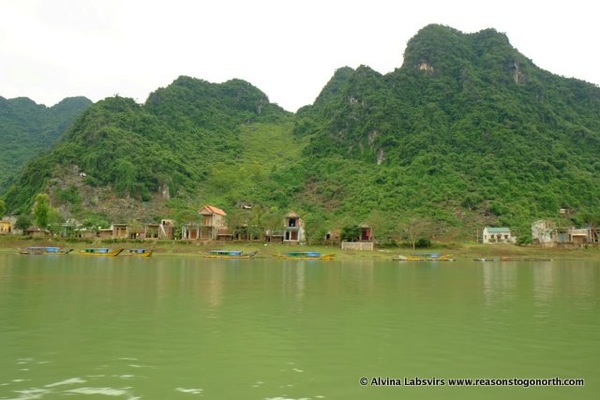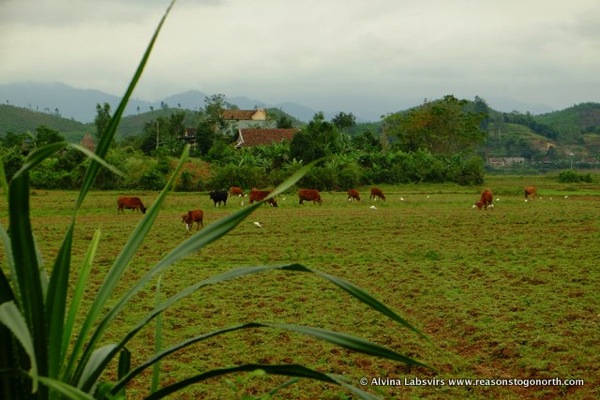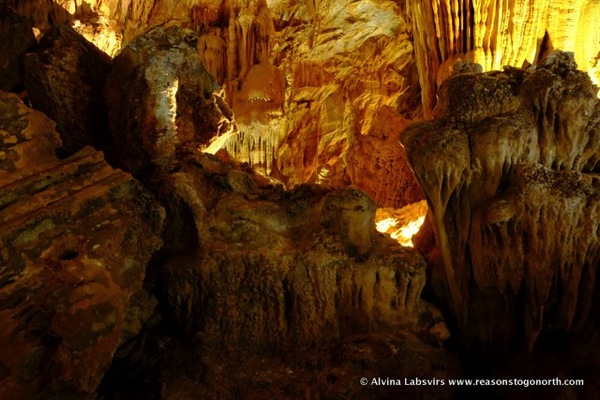Phong Nha Ke Bang National Park

‘Only just opening up’. It was this accolade which made Phong-Nha Ke Bang National Park my first trip out of Ho Chi Minh. Quang Binh province in central Vietnam has the oldest karst mountains in Asia is designated a UNESCO World Heritage Site. Western tourists have only recently started to trickle in and tourism will bring much needed income, though some projects, such as a cable car across the park may not enhance the natural features on offer.

Never been attracted to exploring caves, I was totally ‘blown over’ by their magnificence and sheer variety. From the accessible Paradise and Phong Nha caves to the slightly more challenging hike over the hills to the Tu Lan System, each twist and turn brought more of the unexpected. Canvases of spotlit colour in Paradise an Phong Nha or sparkling white calcite caught by a head torch beam in Tu Lan.
Staying at the Phong Nha Farmstay in Cu Nam village it was an easy cycle ride to Son Trach, the next village along. Between jagged hills the valleys have little elevation so pedal power is an easy way to get around and see village life at close hand.

Mid week and quiet season, so there was little activity on the river but the number of boats patiently waiting told how popular this trip is for Vietnamese at weekends and holidays. Phong Nha is a ‘wet cave’ accessed via a laconic chug along the Son river.
The boats glide in to black cave entrance. After a few metres the roof descends to the height of the boat before opening to the cleverly lit cavern. Stalactites and stalagmites as jagged as their outdoor cliffs, then as softly folding as butter icing. Minerals of reflecting underground rainbows.
Deposited on a beach, wander and wonder through the giant formations back to the entrance before a slightly more energetic hike up 330 steps (I didn’t count) to Tien Son Cave high in the mountainside.
If you don’t climb any other hill in Vietnam this is worth doing just to get a little closer to the sharp edged karst hills with its clinging green canopy. The elevated perspective shows round ‘fish ponds’ funded by the US airforce’ scattered about the paddy fields. Indentations from bombs. Unable to fill them in the every resourceful farmers have found a practical use for that unenviable legacy.
The walkway winds through narrow passages, tilting up and down, closer to the walls than in the more cavernous Phong Nha and Paradise caves. On a quiet, out of season afternoon, with the place to ourselves it had a strangely intimate feel where it was easy to imagine why it has been used as a place of shelter, not only in recent history, but as far back as the 9th century.
All down hill for the return with the somnolent river ride and cycle, in reverse, to a warm welcoming fire at the Farmstay.








No Comments
Trackbacks/Pingbacks